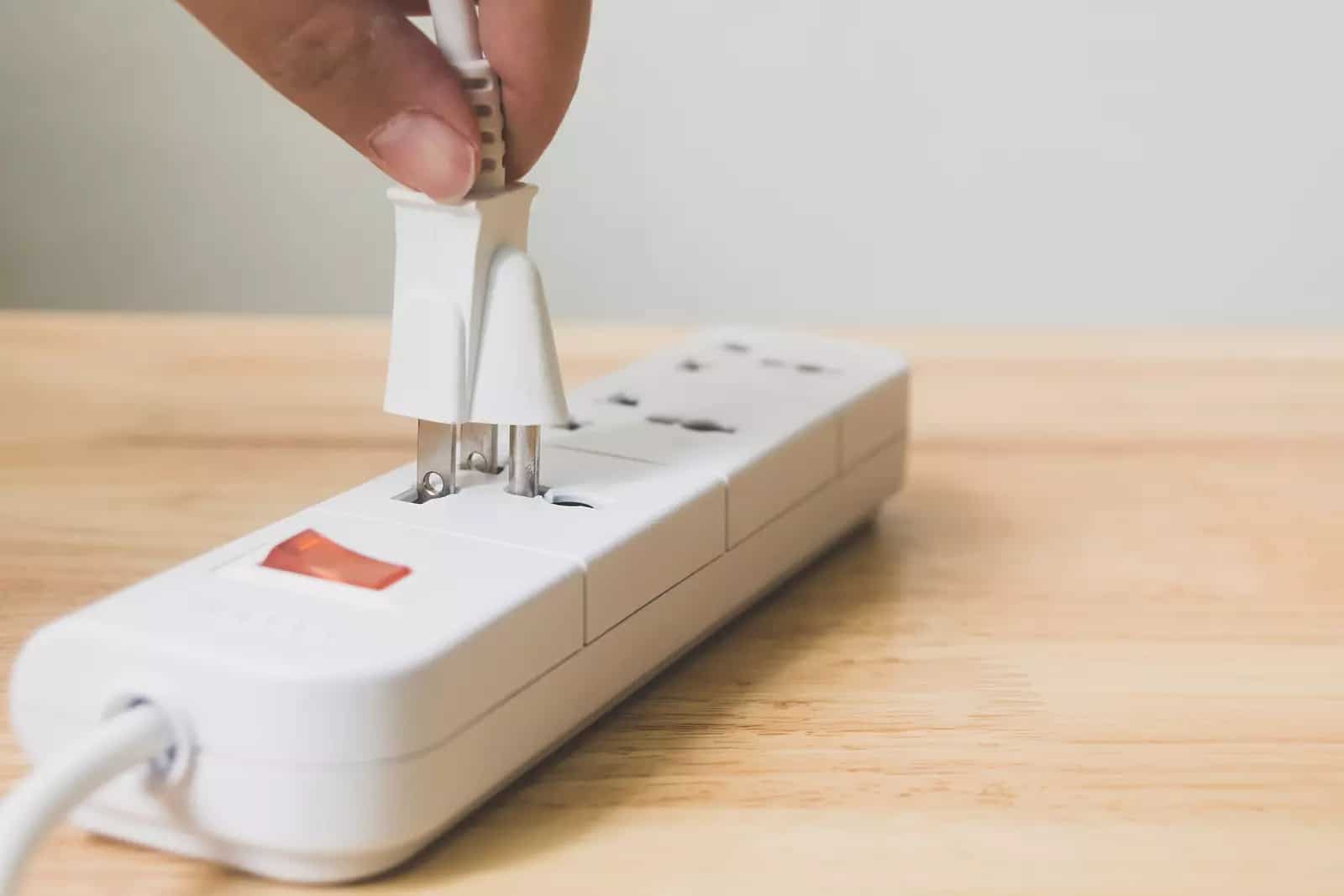The standby mode of many household appliances is responsible for a considerable part of your electricity costs. The electrical devices thus not only burden the environment, but also your wallet, even though the devices are often only used for a few hours a day.
Practically avoid power consumption through standby mode
Standby means that appliances are in a state in which they are immediately ready for use without a long start-up. At the same time, this also means that they have to be continuously supplied with power and unnecessarily increase power consumption. To save this power, the units must be disconnected from the mains.
- All appliances per household consume around 500 kWh per year – just by being in standby mode. At an electricity price of 30 cents per kWh, a family of four pays 100 to 150 euros for this, or almost 20 per cent of the annual electricity bill. Extrapolated for Germany, that is a total of 22 billion kilowatt hours and 4 billion euros in electricity costs.
- Your electrical appliance most likely has a standby mode when a light or display is permanently lit. Continuous buzzing or a general lack of an off switch, as in a microwave oven, also indicate snooze mode.
- Newer appliances such as flat-screen TVs have increasingly low standby consumption, sometimes less than 1 watt. Here you have to weigh up how often you actually use the appliance during the day and whether it is still worth switching it on and off if the snooze mode is very low.
- More efficient than the classic “pulling the plug” are operable sockets that can be controlled by remote control or voice assistant. This allows you, for example, to disconnect your coffee machine from the mains without having to pull the power cable.
- Alternatively, you can plug your electronics into multiple sockets with a switching function, and thus stop the power supply for several devices at the same time if necessary.
You can pull the plug on these 6 units
Many of the biggest power guzzlers are only in use for a few hours every day or even every week. If you consider how often you will use the appliance before you buy it, you can calculate the estimated power consumption on the internet.
- Stereo system: Loudspeakers in continuous operation can cause up to 110 kWh or 35 euros per year
- As for the office, the combination of computer, printer and monitor is a real power guzzler, at 75 kWh, or 25 euros a year
- Older televisions consume an enormous amount of electricity (100 kWh per year, equivalent to about 30 euros) in standby mode. It is worth unplugging them or switching to energy-efficient appliances.
- Smaller electrical devices like smartphones also draw energy when they are plugged in all the time. So for each mobile phone charger you plug in only when charging, you can save up to 40 kWh, or 12 euros a year.
- If you don’t use the microwave that often, it’s a good idea to disconnect the appliance from the power supply. After all, this will also cost you just under 10 euros a year in electricity costs.
- For small families or single people, it is advisable to only connect the washing machine to the electricity when washing is also required. Depending on the model, you can save up to 30 kWh here.
